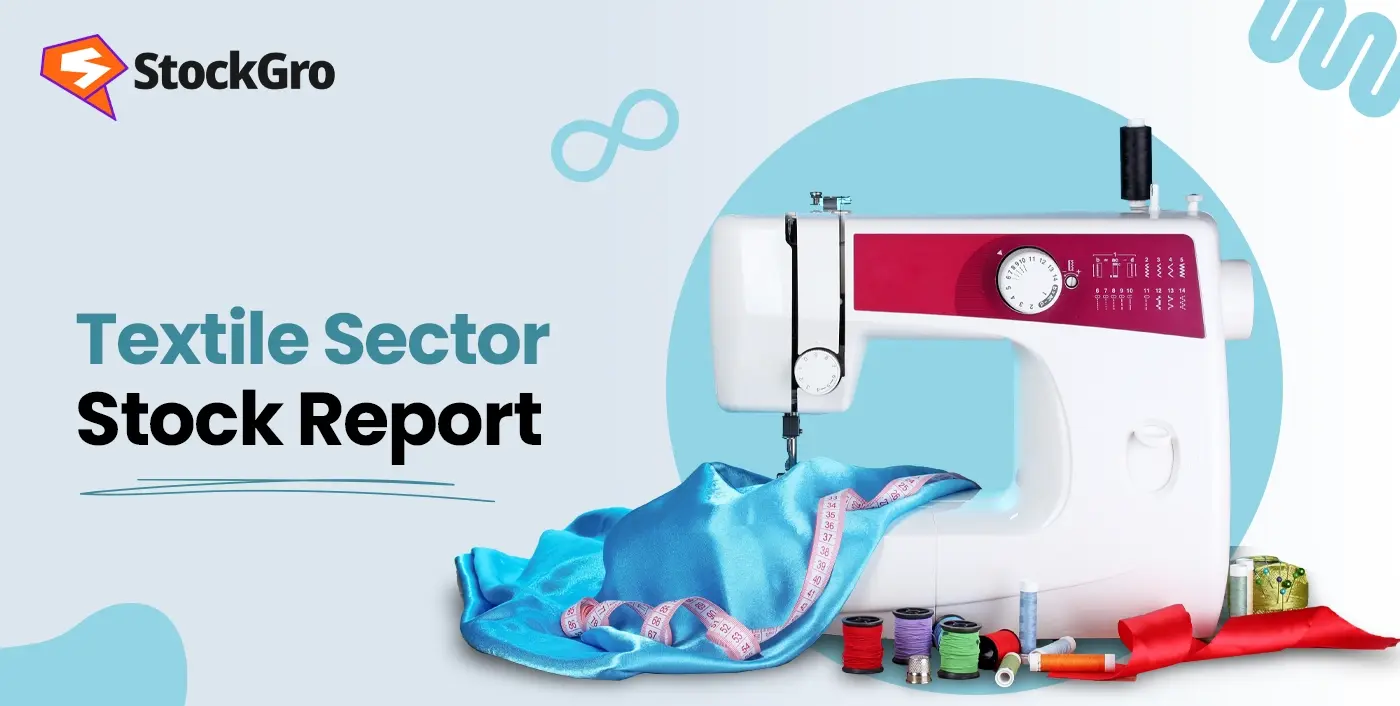
Sector overview
The Indian textile sector is one of the oldest and largest industries in the country, employing millions and contributing significantly to exports. With global trade policies shifting and India recently revising tariffs on certain textile categories, the sector is at a turning point. Rising demand at home, new government incentives, and changing global sourcing strategies present both opportunities and challenges for the industry.
Sector Overview
- India’s textile and apparel industry is valued at over USD 220 billion, making it the second-largest employer after agriculture.
- The sector spans across cotton, jute, silk, wool, man-made fibers, readymade garments, and technical textiles.
- Exports account for a large share, with the US, EU, UAE, and Japan being key markets.
- The domestic market is witnessing growth due to increasing fashion consciousness, higher incomes, and a shift toward branded and premium clothing.
Key Growth Drivers
- Rising Domestic Consumption
- Growing middle class and urbanization are pushing demand for apparel and home textiles.
- Strong festive and wedding season spending adds to growth.
- Export Opportunities
- Global buyers are diversifying sourcing away from China, and India is emerging as a strong option.
- Government incentives such as RoDTEP, PLI scheme, and duty rebates support exporters.
- Technical Textiles Boom
- Increasing use in healthcare, automobiles, infrastructure, defense, and agriculture.
- The government targets USD 40 billion in technical textile market size by 2030.
- Digital & E-commerce Growth
- Online fashion retail is booming, especially among millennials and Gen Z.
- Platforms like Myntra, Amazon, Flipkart, and brand-owned websites are key sales channels.
- Government Support
- PLI Scheme for Textiles focuses on man-made fibers and technical textiles.
- Development of mega textile parks (PM MITRA Parks) to provide world-class infrastructure.
Key Challenges
High Input Costs
- Cotton and yarn price fluctuations impact margins.
- Import tariffs may increase raw material costs for some segments.
Global Competition
- Bangladesh, Vietnam, and Cambodia enjoy lower labor costs and preferential trade access to Western markets.
- India needs to improve efficiency to remain competitive.
Environmental Concerns
- Textile is one of the most polluting industries globally.
- Sustainability and eco-friendly production are becoming mandatory for global buyers.
Fragmented Structure
- Large unorganized sectors lead to inefficiencies and lack of scale.
Trade Policy Uncertainty
- Tariff changes, geopolitical tensions, and trade barriers add volatility to export prospects.
Outlook for 2025-26
- Domestic Growth: Strong festive demand and rising fashion consumption to support growth.
- Exports: Positive momentum as buyers diversify away from China, but India must overcome logistical bottlenecks.
- Tariffs: While import duties protect domestic manufacturers, they could raise short-term costs for companies depending on imported raw materials.
- Technical Textiles: Likely to be the biggest growth area, supported by government initiatives and industrial demand.
- Sustainability: Green practices and eco-friendly production will become a differentiator in global markets.
Valuation and Stock Market Trends
| Bank | CMP(in ₹) | P/E | RoCE | 1Y Returns |
| Page Industries | 44,335 | 64x | 59% | 4% |
| Arvind Ltd | 280 | 20x | 13% | -30% |
| Pearl Global Ind | 1,233 | 22x | 22% | 20% |
| Gokaldas Exports | 672 | 28x | 10% | -28% |
| Lux Industries | 1,275 | 24x | 12% | -46% |
Recommendation: Overweight the Textile Sector with a 12–18 month horizon, especially in portfolios seeking capital growth.If you found this helpful and want regular stock trade calls, check out my StockGro profile here: https://stockgro.onelink.me/vNON/6m6ykj0dConclusion
The Indian textile sector is at an inflection point. Tariff hikes and government support create an opportunity for domestic players to capture market share, but challenges around costs, competition, and sustainability remain. Over the next year, growth will likely come from domestic consumption, export diversification, and the rise of technical textiles. Companies that modernize, adopt green practices, and scale up will be best positioned to ride this wave.

